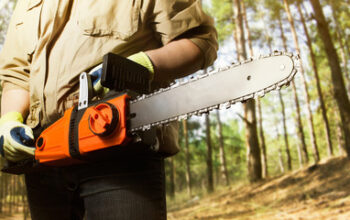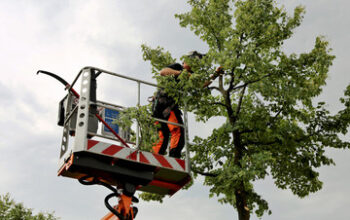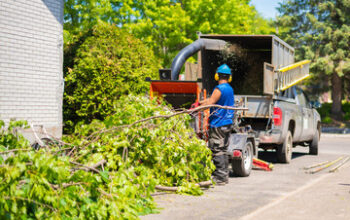 Permits aren’t needed for private property tree removal, but the costs and dangers of doing so must be considered. Read on to learn more about the costs and dangers of Tree Removal. In addition, find out how to obtain a permit to remove trees safely. After reading this article, you’ll be well-equipped to hire a professional to remove your tree. Listed below are some of the considerations you should keep in mind.
Permits aren’t needed for private property tree removal, but the costs and dangers of doing so must be considered. Read on to learn more about the costs and dangers of Tree Removal. In addition, find out how to obtain a permit to remove trees safely. After reading this article, you’ll be well-equipped to hire a professional to remove your tree. Listed below are some of the considerations you should keep in mind.
Permits are not required for tree removal on private property.
There is no permit requirement for tree removal on private property. In fact, many towns have passed ordinances that protect trees on private property. Private property owners may not be able to remove a tree without a permit, but the department of forestry has the right to take down a tree on private property. However, the department will give the property owner 30 days’ notice to remove the tree.
Tree removal on private property is not a violation, as long as the tree is not on the city’s street. The only exception is roadside trees. These can’t be removed without a permit, even if the trees are six inches or more in diameter. A permit is required for roadside tree removal. If you’re planning to remove a street tree on your property, you need to contact the city’s department of environmental services and ask for a permit.
Tree removal requires no permits. However, the city retains the right to control nuisance trees, as determined by city ordinance 94. A nuisance tree is one that is causing damage to the property or could spread disease or insect infestations. Permits are not required for tree removal on private property. If you’re planning to remove a tree on your property, read up on all the requirements for doing so.
They recognize the value of the city’s tree population. Trees provide aesthetic beauty, prevent erosion of topsoil, protect from landslides, counter pollution, and reduce air pollution. They can also be valuable historical assets, providing shade, climatic balance, and habitat for wildlife. This is why tree removal permits are mandatory. When removing trees from private property, make sure to consult with the county’s staff before starting any project.
Tree removal permits do not require a permit. However, in some cities, permits may be required for the removal of trees that have exceeded the city’s size standards. For example, a tree with a diameter of more than 36 inches on its girth might require a permit. In addition, in some cities, a tree that is three or more feet in circumference may require a permit.
Dangers of removing a tree
While there are many benefits to trees, removing a tree poses a number of risks. Performing tree removal in the wrong location could cause severe damage to your home, and if you don’t have the proper equipment, the process can even lead to personal injury. In addition to the risks of falling trees, a properly removed tree can also provide shade, windbreaks, and soil erosion control. Listed below are some of the more common reasons to remove a tree.
A tree’s proximity to power lines can cause serious safety hazards. Because trees are typically tall, they can come in contact with power lines. Because power lines are often live, touching one can result in a power outage or electrocution. Because of this, it is extremely important to be very careful when pruning trees near power lines. Cutting down a tree close to a power line puts you in danger of touching the line or even grounding your ladder.
Many people underestimate the risks involved in removing a tree. In addition to being dangerous, tree removal requires special knowledge of tree biology and physics. Additionally, proper removal requires the use of hazardous tools and advanced cutting techniques. Without the proper knowledge and training, homeowners are prone to injury from falling limbs, malfunctioning equipment, or the tree itself. As such, hiring a professional is the best way to ensure that the job is completed safely.
When a tree becomes weakened by pathogens, it can collapse even under light pressure. This can happen for no apparent reason. It’s difficult to tell when a tree is weakened, as life support tissue is primarily located on the outside edges of its trunk. When a tree becomes hollow, it weakens internally and can pose a serious risk to people and property. As a result, it’s important to hire a certified arborist to evaluate the health of a tree.
Taking down a tree yourself poses a number of other risks, not the least of which is causing damage to your property. When a tree is rotten, it’s more likely to fall over unexpectedly and can cause severe injury. If a tree falls on a house, you could be liable for the repairs or insurance. This can result in huge out-of-pocket expenses for repairing the property.



